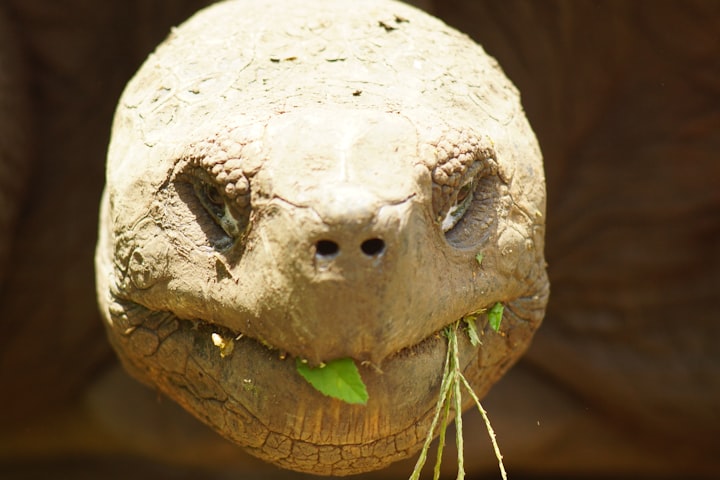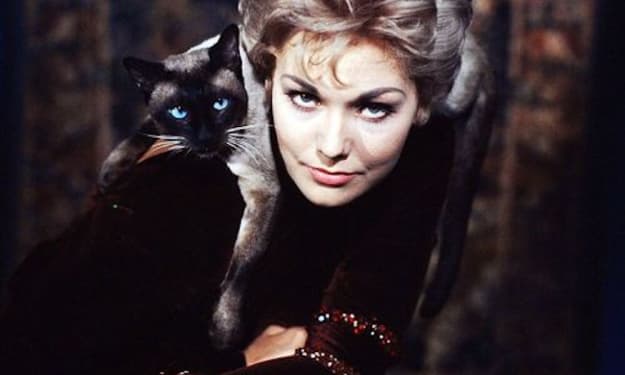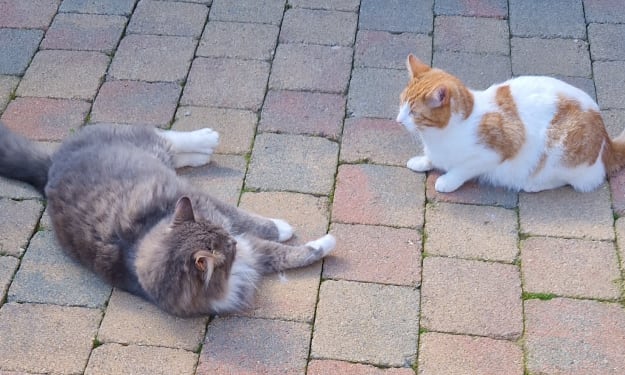Setting Up a Tortoise Enclosure for Indoor & Outdoor Use
Steps to get your enclosure setup for your pet tortoise.

One can setup tortoise housing both outdoors and indoors. The tortoise can be housed in an outdoor enclosure or indoors in a wood vivarium or a tortoise table.
If you have a giant tortoise like sulcata tortoise, which is about three feet in length, there is a need to build an outdoor enclosure – a fenced tortoise house that serves as a protection against predators.
Also, conditions in the enclosure like lighting, humidity, and temperature have to be in the correct range to suit the requirement of the species your tortoise belongs to.
Building or Choosing the Perfect Tortoise Enclosure
The first thing to do is to decide on the kind of enclosure you need here. The enclosure required depends on the available space, the tortoise size, and the climate in your locality.
It is paramount to put all the aforementioned into consideration before you even get the tortoise. So if you have an extensive background, you can get a giant tortoise like sulcata. However, if your backyard is small, consider getting a smaller tortoise because of the space available for it to grow well.
A tortoise table is an excellent option for small tortoise like Egyptian tortoise, while an outdoor enclosure with a fence works perfectly for a large tortoise.
How to Set Up A Tortoise Table
Like earlier stated, tortoise tables are enclosures with open-top designed to provide light. Tortoise tables have an airy design, and they can be built at home or purchased in stores.
The tortoise table size is crucial because big tables enable the tortoise to move about quickly. For Egyptian tortoise and other small tortoises (which usually have a length of about five inches), their tortoise table should have a width, length, and 24x24x24 inches height.
Later on, these small tortoises grow to adults with lengths of five to twelve inches. Thus they need a tortoise table with a measurement of 4ft x 2ft x 8 inches. The bigger the tortoise table, the better it is for the tortoise.
The same measurement can be used when setting up a vivarium for your tortoise.
How to Set Up an Outdoor Tortoise Enclosure
Outdoor Tortoise Enclosure is ideal for people who have a big compound. For beginners, the best supply of UVB and UVA light is filtered sunlight.
There is usually no need to cleanse the enclosure if it is well-planted and spacious. If possible, ensure that the enclosure is airy.
You can also prevent predators and escape by installing latched and hinged covers.
Dimensions
As iterated above, it is even better if you provide a big enclosure for your tortoise. The minimum width and length should be 8 feet by 8 feet.
The walls in the enclosure must be deep to deter escape by burrowing tortoises. You should provide accessories to keep the tortoise happy and occupied. Such accessories include plants, rocks, and hiding places.
There is a lower tendency for a tortoise who is happy to make attempts to escape. The standard measurement of the enclosure's wall is around two tortoises in height.
Lighting
Ultraviolet light is essential to tortoises as it helps them utilize calcium and synthesize vitamin D3 to give them strong shells and bones.
You have to ensure access to shaded cool areas and direct sunlight to your tortoise, mainly if they are housed outdoors.
However, you have to install UV bulbs or tubes and light fixtures for tortoises in vivarium or tortoise tables. Light fixtures come in various types. You can visit the pet shop in your locality to choose the one that suits you better.
Our top picks lamp feature for a tortoise table is the Zoo Med Reptsun T5-Ho Terrarium Hood and the Fluker's Mini Sun Dome, which holds T5 tubes and a 5.5-inch bulb, respectively.
When you want to select a UVB lamp, it is best to choose a fluorescent light because it does not produce heat. The two lamp features mentioned above certify this requirement.
On the other hand, Evergreen Pet Supplies Mercury Vapor Bulb with 100 Watt UVB UVA is a perfect choice for people who want a bright light source.
The light in the enclosure must be on for about twelve hours, half the day, while you can switch off the bulb in the remaining twelve hours, which is night. You can get a timer to help you with the light switch if you cannot do it punctually.
Heating
The temperature required for a tortoise to feel comfortable varies from one tortoise to another. Although, Mediterranean tortoises like Hermann’s tortoise and Greek tortoise have parallel temperature requirements.
No matter the tortoise and the temperature it needs, it would be best to arrange a heat lamp on the tortoise's basking spot.
Almost all tortoises require a basking spot with 90 to 100 F temperatures. Some of these tortoises include sulcate tortoise, Hermann's tortoises, Russian tortoises, red-footed tortoises, Indian star tortoise, pancake tortoises, and greek tortoise.
There are various heat options available for every tortoise, although it largely depends on the enclosure size. While small indoor enclosures use ceramic heat lamps, Zacro Reptile Heat Lamp gives the tortoise's warmth even when it is dark.
You can regulate the temperature using Hagen Exo Tera ON/Off Thermostat.
Humidity
In all, humidity levels vary from one tortoise to the other. The humidity level for Russian tortoises is around 30% to 50%, while that of Mediterranean tortoises is about 40% to 60%. For Red-footed tortoises and sulcate tortoises, their humidity level is about 70% to 80%.
In case you do not know the humidity level for your tortoise, just set it for a standard rate of 50% to 60%.
Substrate
The topsoil in the enclosure must be around 2 to 4 inches because tortoises love to dig. Substrate options you can use are orchid barks, peat moss, cypress mulch, pellet bedding, etc.
Other Accessories
Landscaping
Use edible plants to keep the tortoise fed and busy. Examples of such plants are edible fig, kale, grapes, and many others.
Decorations
Consider the following before choosing items for the enclosure:
• Use non-toxic and edible plants.
• Use large decorations
• Use rocks and sterilized soils for indoor enclosures
• Use only objects which are not harmful in the enclosure.
Conclusion
It is crucial to put the setup into consideration even before you acquire the tortoise.
About the Creator
Patty McDaniels
Patty is a loyal wife and mother to 2 lovely kids. She also has a mutt rescue puppy and a Golden Retriever.






Comments
There are no comments for this story
Be the first to respond and start the conversation.